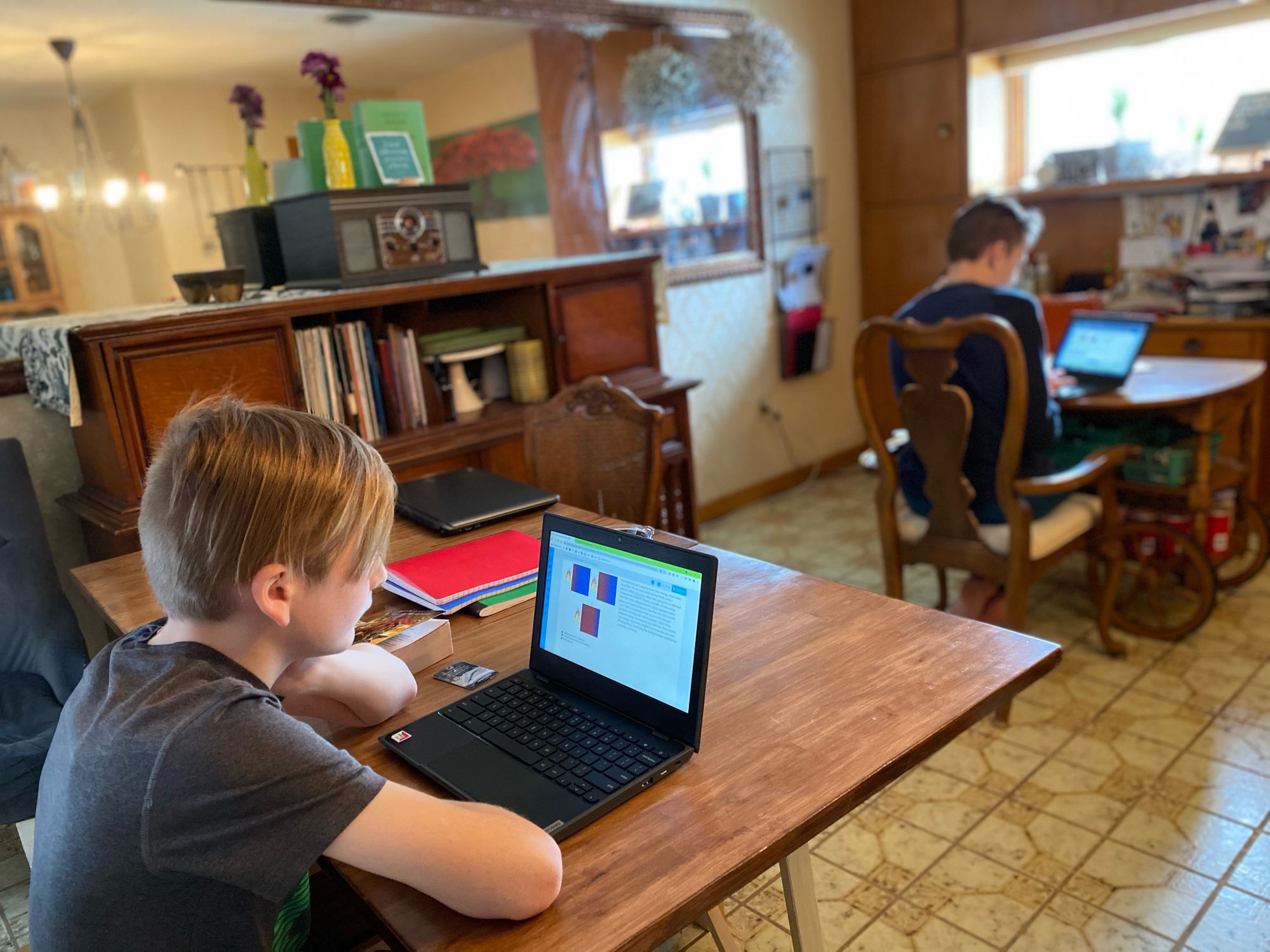Simplified: About 1,000 students in the Sioux Falls School District's Virtual Academy failed to meet grade-level standards in the first semester this year. Officials hope stricter criteria for who qualifies for virtual learning will help moving forward.
Why it matters:
- Online learning is here to stay. School board members on Monday approved a permanent Virtual Academy model with some key changes from what the program looks like this year.
- Officials got a first look at outcomes from the fall semester, and the takeaway is that online learning only works for a small subset of students.
- Enrollment for the 2021-22 Virtual Academy is open now until March 23. Those who enroll are committing to a full year of online learning, and those who miss the enrollment window are out of luck.
How many students fell behind?
Numbers were worst at the high school level, where nearly two-thirds of online students – approximately 462 kids – fell behind.
Half of middle school students – approximately 282 kids – didn't meet grade-level standards in English, and more than half fell short of math standards.
About one-third of elementary students – approximately 261 kids – failed to meet grade-level standards in English with a slightly lower percentage failing to meet math standards.
What are the changes for next year?
- No virtual learning for K-2. The district's youngest learners must be taught in-person.
- Curriculum. The district will use its own curriculum for the Virtual Academy moving forward.
- Enrollment criteria. Not all students will be eligible for online learning. They must meet certain benchmarks for math and reading, as well as participation requirements.
- If students don't actively participate, progress or keep pace with coursework, they would need to either return to in-person learning or risk being considered truant.
What are parents saying?
More than anything, they're saying this year was uniquely difficult all around. Some are seeing their kids' grades suffer, but others say the online learning worked well for their family.
"I hate that the fact that my child became a guinea pig, but I would hope that out of this last year we would see that as much as we have continued to grow and innovate in education, that there is room for more growth," said parent Lisa Verdin.
Parent Sarah Carlson said she underestimated how much work it would be to act as a teacher for her children learning at home. If she and her husband hadn't had the flexibility to help as needed, she thinks her kids would have fallen behind.
"Yes, the system is definitely broken. It is not a great way to learn, but they didn't have a whole lot of options, I don't think, that were going to be able to work," said parent Kristin Kroesche.
What are officials saying?
"Moving forward we have that entrance criteria because we know you have to have a certain level of reading, a certain level of engagement ... and if you don't have the stamina to do that, it's not a great platform for you," Assistant Superintendent Teresa Boysen said.
"Our students have to meet our standards, and some of these things weren't. And that is why these changes are being made," said Cynthia Mickelson, school board president.
What happens next?
Parents have until March 23 to decide if they want to enroll in the 2021-22 Virtual Academy.


